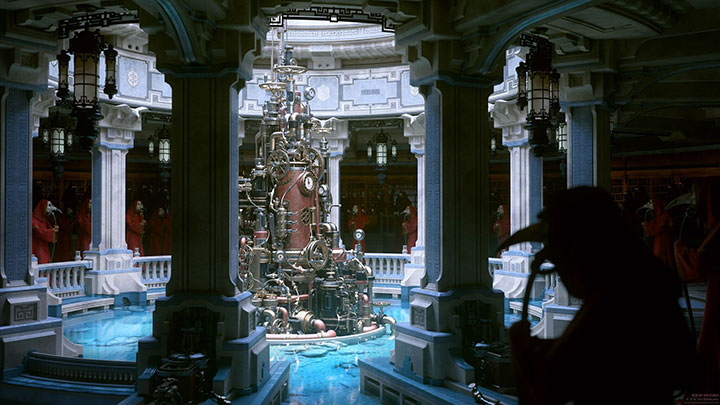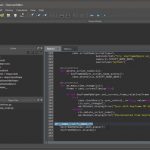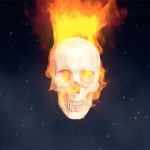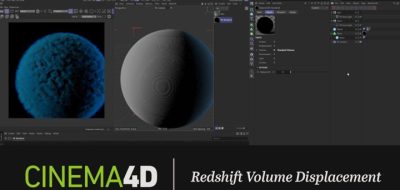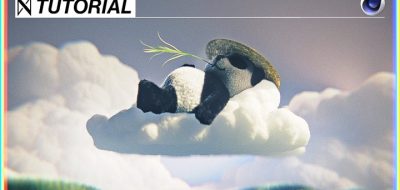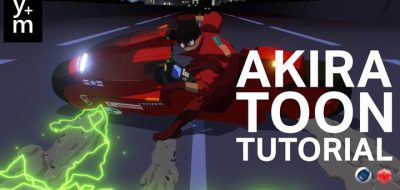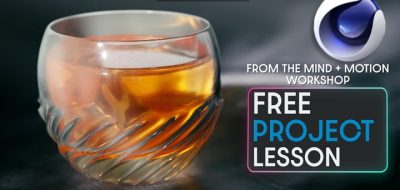Redshift Rendering Technologies releases a new version for their GPU accelerated rendering engine, RedShift 2.0. If you are not familiar, RedShift is gaining ground as a production workhorse biased GPU renderer, that works within industry standard applications. These include Maya, SoftImage, and as of the latest version, 3ds Max. The renderer is used by creative studios such as Blizzard (check out the Overwatch shorts here, and above, rendered with RedShift) Jim Henson’s Creature Shop, Glassworks and Blue Zoo.
RedShift 2 features include realistic volumetric, enhanced subsurface scattering and a new PBR-based Redshift material, all of which deliver massively improved final render results.
Redshift is also offering 20% off new Redshift licenses for two weeks from 5th July, 2016, so there has never been a better time to get into RedShift.
Check out the Redshift 2.0 features, along with the press release below:
Redshift releases version 2.0 of GPU render engine
Extensive update to the GPU-accelerated, biased renderer promises to expand artistic horizons
LOS ANGELES, CALIFORNIA – July 5, 2016 – Redshift Rendering Technologies has announced a huge update to its GPU-accelerated rendering software: Redshift 2.0.
Redshift is a powerful, biased GPU renderer that seamlessly integrates with industry-standard content creation tools. It is currently used by creative studios such as Blizzard, Jim Henson’s Creature Shop, Glassworks and Blue Zoo.
This hugely enhanced new version introduces a wealth of features and pipeline enhancements to the existing Maya and Softimage plug-ins.
Redshift 2.0 also introduces the highly-anticipated integration with with Autodesk 3ds Max, bringing its industry-leading rendering performance to a whole new audience of 3D artists. Integrations with SideFX Houdini and MAXON Cinema 4D are currently in development and are expected later in 2016.
New features across all platforms include realistic volumetrics, enhanced subsurface scattering and a new PBR-based Redshift material, all of which deliver massively improved final render results.
Panos Zompolas, Co-founder & CTO at Redshift comments: “The CPU-GPU feature gap continues to close with the host of new functionality added in 2.0. We want to give as many artists as possible the opportunity to access the time and cost savings of GPU rendering, which is why we’re also thrilled to launch our new Autodesk 3ds Max integration with 2.0. More integrations are also planned for the coming months. We really can’t wait for artists to get their hands on this new version of Redshift to see the results for themselves. The dawn of GPU rendering has arrived.”
Key Redshift 2.0 features
- Volumetrics (OpenVDB) – Render clouds, smoke, fire and other volumetric effects with production-quality results (initial support for OpenVDB volume containers).
- Nested dielectrics – Accurately simulate the intersection of transparent materials with realistic results and no visual artifacts.
- New BRDFS and linear glossiness response – Model a wider variety of metallic and reflective surfaces via the latest and greatest in surface shading technologies (GGX and Beckmann/CookTorrance BRDFs).
- New SSS models and single scattering – Attain more realistic results with support for improved subsurface scattering models and single-scattering.
- Redshift Material – Utilize a more intuitive, PBR-based main material, featuring effects such as dispersion/chromatic aberration.
- Multiple dome lights – Combine multiple dome lights to create more compelling lighting.
- alSurface support – Access full support for the Arnold shader without having to port settings.
- Baking – Save considerable amounts of rendering time with baking for lighting and AOVs.
Steffen Wild, visual effects supervisor, Jim Henson’s Creature Shop, comments: “We have used Redshift since 2014, and we’re really excited about version 2.0. Redshift integrates perfectly into our workflow and its speed and visual quality meet our very high standards for our proprietary digital puppetry studio.”
Tom Box, owner at Blue Zoo Studios, comments: “Redshift has revolutionized the rendering pipeline at our busy studio. The speed gains mean we can focus more time and budget on attaining the highest visual quality. We can’t wait to roll out 2.0 to push this quality even further!”
New release sale
Redshift is offering 20% off new Redshift licenses for two weeks from 5th July, 2016.
//ENDS//
About Redshift
Redshift is an award-winning, biased GPU renderer, renowned for its unique combination of speed and power. Redshift was founded by three video game developers with extensive background in hardware-accelerated real-time rendering. The trio combined their decades of experience to push the limits of GPU hardware, with the goal of developing a production-quality, GPU-accelerated renderer with support for biased global illumination techniques that were previously only in the CPU domain. Redshift supports industry-standard content creation tools Autodesk Maya, Autodesk Softimage and Autodesk 3ds Max. Support for SideFX Houdini, and MAXON Cinema 4D are soon to be released.
Media Contact:
Chris McMahon, Grammatik
© Redshift 2016

